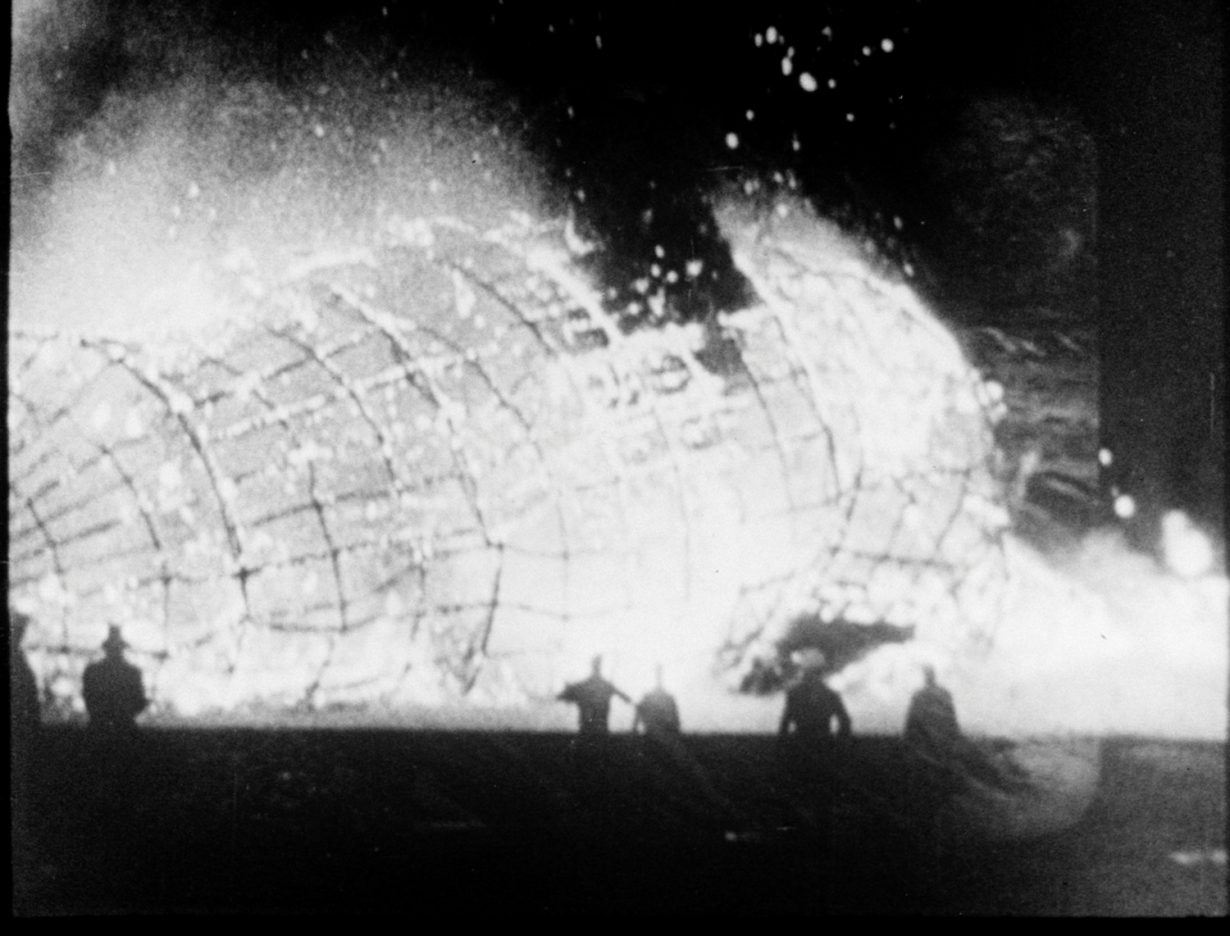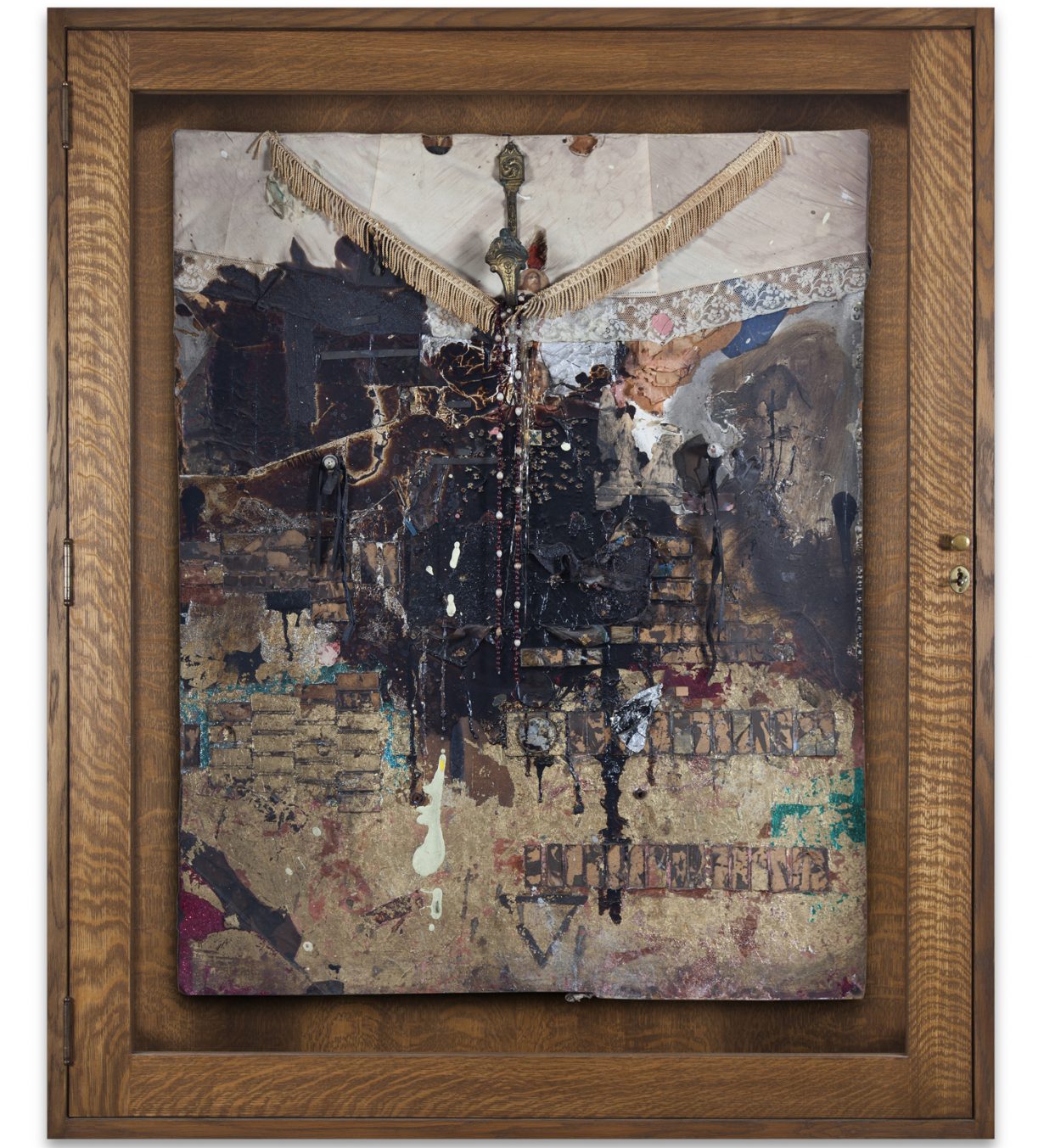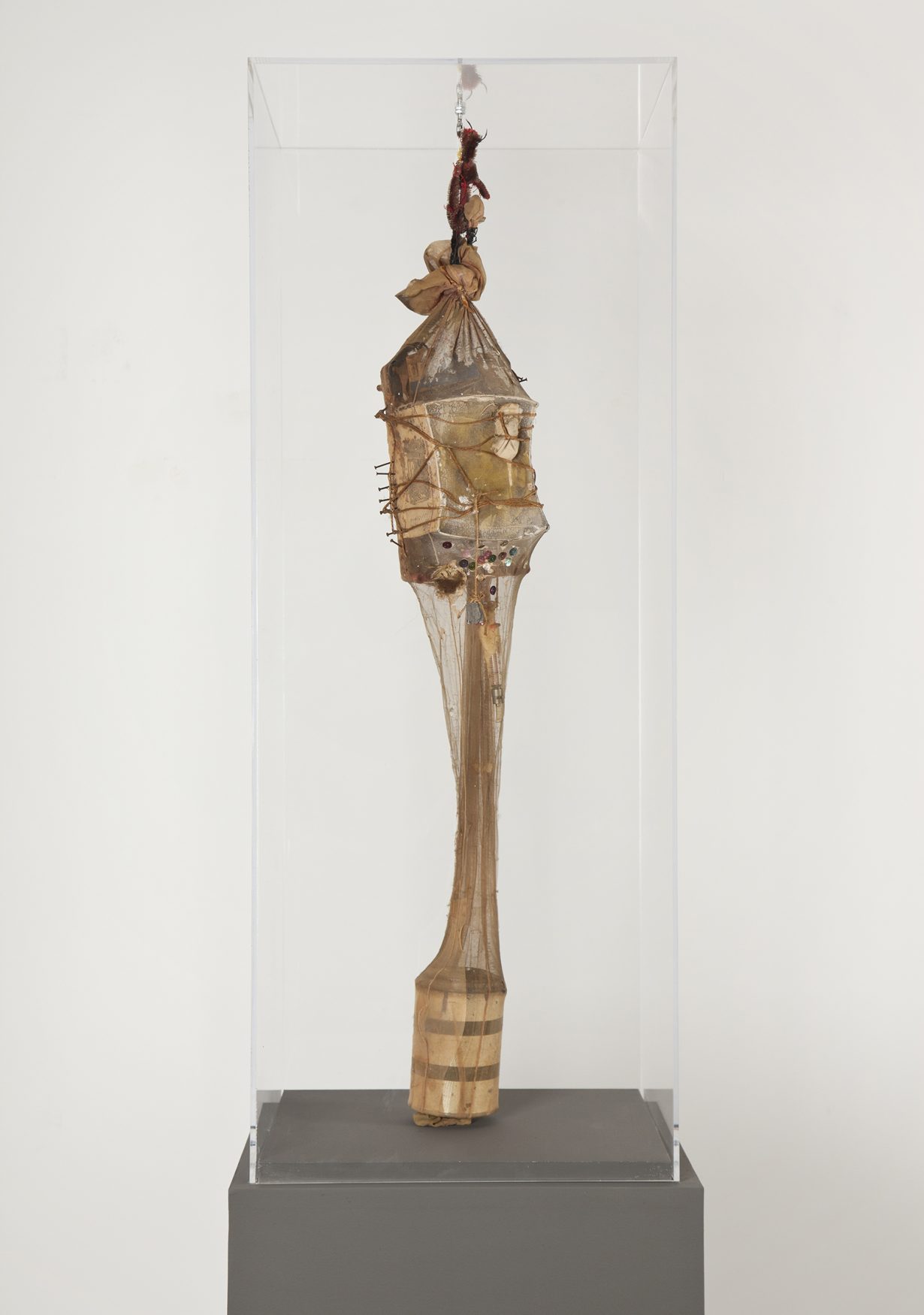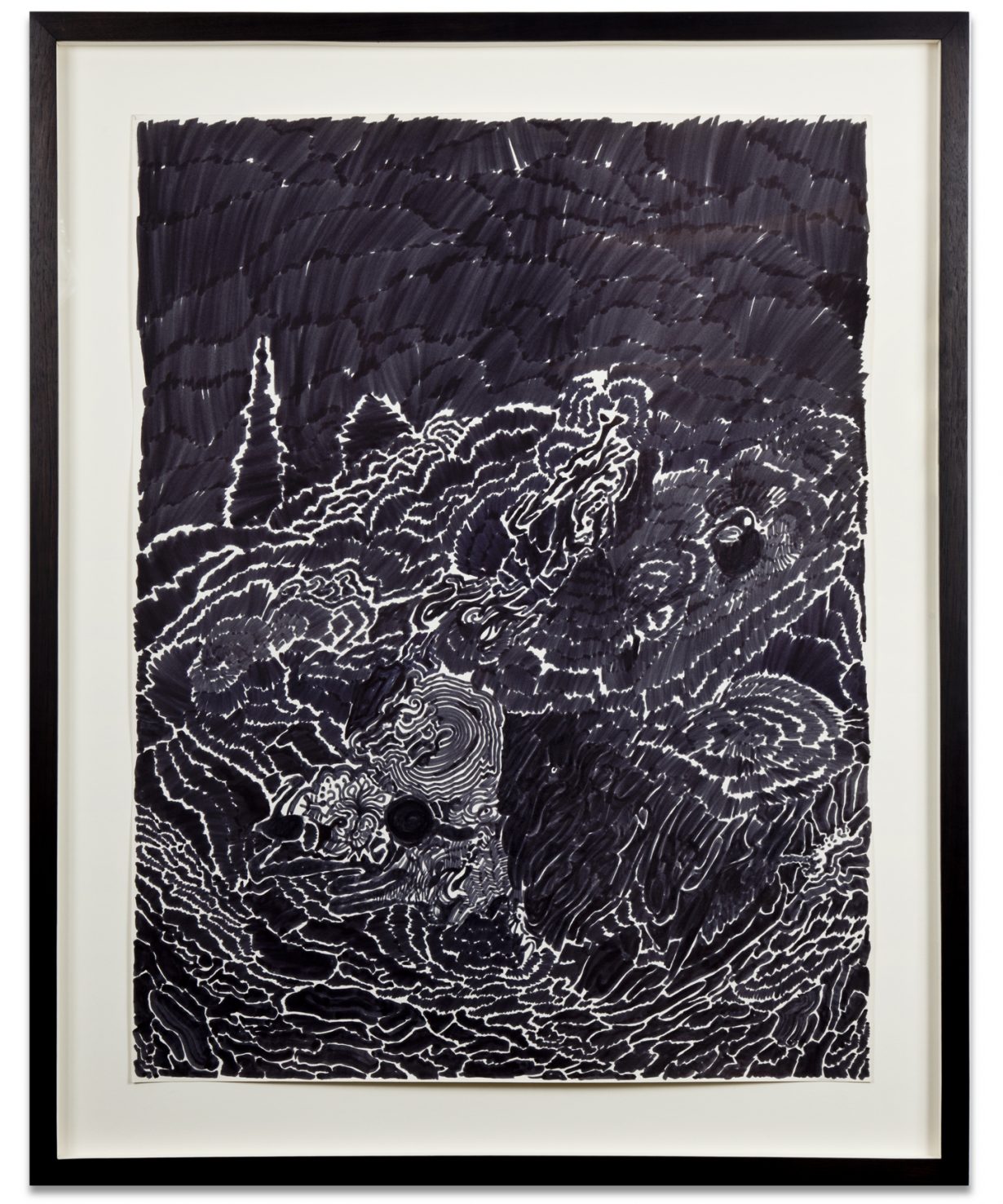
In December 1964, American artist and filmmaker Bruce Conner had his first solo show at London’s trend-setting Robert Fraser Gallery. Conner’s approach to ‘assemblage’ – work with found materials – straddled sculpture, collage and filmmaking (his A Movie (1958) being composed of fragments of found footage from myriad sources). Interviewed by Barrie Sturt-Penrose for ArtReview’s predecessor The Arts Review, Conner attempts to explain to the sceptical critic how the leftovers of a dinner can become the expression of a personality, and how a Coca-Cola bottle might be as interesting as the Elgin marbles…
Barrie Sturt-Penrose I know that you are a painter, sculptor and a film-maker but I believe that it was as an assemblage artist that you first attracted widespread attention. In turning to the assembled medium were you in some way riding with the popularity that it now enjoys in the United States and Europe?
Bruce Conner It may look that way but in point of fact I was interested in objects for their aesthetic merits and importance long before the post-war assemblage movement got significantly underway. Even at High School in 1950 I was engaged upon quite advanced forms of collage alongside my ordinary studies as an art student. But assemblage, in some form or other, has been known to every civilisation. I certainly didn’t invent it. I merely fashion it to suit my own expression as an artist and, of course, to the times in which we live.

BSP But the renewed interest in assembled objects as works of art in their own right has no doubt influenced your direction and development? At least your audience has become accustomed to the more bizarre aspects of your medium.
BC Shall we say that the climate has become more receptive for the particular type of assemblage upon which I am working. But I have always taken a highly individual and personal path in whatever I am doing as an artist. For example, when I was living in San Francisco from 1957 to 1962 I found myself repeating the same theme in my painting. Always expressionless white faces emerging from blackness. Whatever I started out to achieve in terms of paint would end up the same way. I wanted to communicate something but it was becoming impossible. I almost decided to give up being an artist.

BSP And so it was at this time, almost in desperation, that you turned to assemblage?
BC Yes, I did. I began in San Francisco and then went to live in Mexico for a year. Many of the works in the present exhibition at the Fraser Gallery are the result of my stay in Mexico. I began to see more clearly that there is always a dialogue going on between objects and people. And in my assemblages I wanted to show the important and special relationship that I felt about objects that I’d seen and found. This is somehow difficult for some people to understand. At least if they have conventional ideas about painting.
BSP Perhaps you can explain further by way of an example?
BC Well not long ago I attended a dinner party in the States with Roy Lichtenstein and other well-known American artists. The party was given by Daniel Spoerri. We sat at the dinner table and the host asked each guest what he would like to eat and drink. I chose bread and wine. Some chose pretty large meals, others small meals and so on. After the meal was over Spoerri asked each guest to leave the table. You can guess that the table was pretty littered with objects of all kinds: half- eaten food, silverware, glassware and the like. It was a regular jumble. But then Daniel Spoerri began to fix the objects of each guest in exactly the position they had been left. You see the individual left-overs had become assembled in such a way that they revealed something of the character and the personality of the guest. And it was done unconsciously. How much more an artist can reveal when he works with objects in a consciously creative manner!

BSP And so the assemblage medium has added greatly to your vocabulary as an artist?
BC It’s taught me many things. One is that to get your message across to your audience you must change your means of saying things. In my Homage to Jean Harlow I am trying to show how objects – discarded now – once had some very real meaning to the person who wore and owned them.
I want to strike at the importance and the meaning that lies behind objects. And the fact that there’s nothing very new in this. Isn’t the British Museum one gigantic assemblage?
BSP But in that case a giant supermarket is also an assemblage – a work of art? Would you then draw an artistic parallel between say, the Elgin Marbles and a Coca-Cola bottle?
BC Why not? Both objects are the result of an artist’s strivings. Both have all the conventional attributes of a work of art. It’s really only the associations that give them different meaning to people. And a Coca-Cola bottle has more significance to many people than something in the British Museum. I don’t like comparing things or artists. It usually leads to false conclusions.

BSP I think you will agree that your assemblages have little social comment in them in the wide sense of the term? In other words you are not a crusader in the way that many of the original Dada artists were?
BC I am and I’m not. If I see a child playing with marbles then I want to reflect in my objects the pretty things I’ve seen. Sometimes, as when President Kennedy died, I wanted to express my feelings to people as strongly as I could. But above this I am not a crusading artist. I think this is one of the troubles in the modern art world. Too many people imagine that assemblage artists in the States get together like conspirators and plan a campaign for or against something. In reality we work individually and seldom get together for any length of time. And our themes often follow widely different thoughts and ideas.
BSP Do you see yourself working within the medium of assemblage for a considerable time yet?
BC No, I don’t. I see myself in the future as an artist. Maybe making films, painting a picture, working on a sculpture or an assemblage. But certainly involved in art and living.
Originally published in The Arts Review, vol. XVI, no.25, December 1964